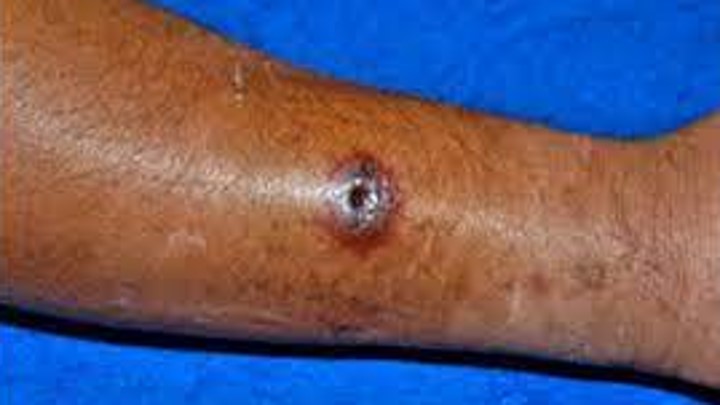Anthrax, a serious infectious disease caused by the bacterium Bacillus anthracis, has been a subject of concern due to its potential for widespread illness and its history as a bioterrorism agent.
In this comprehensive blog post, we will delve into the Anthrax causes and symptoms, and its prevention. We also published an article on the causes and treatment of leg ulcer, you may want to check it out.
But we shall first try to understand the disease, so we can better protect ourselves and our communities.
Now let’s begin.
What is Anthrax?
In this section, we will provide a detailed overview of anthrax, its historical significance, and its impact on human and animal populations. We will explore the bacterium Bacillus anthracis, its spore-forming ability, and the reasons why it poses a significant threat. You can learn more from the CDC.
Anthrax Causes and Symptoms
1. Causes and Transmission of Anthrax
Understanding how anthrax is transmitted is essential in preventing its spread. This section will explore the different modes of transmission, including contact with infected animals, contaminated animal products, environmental sources, and the deliberate release of spores.
2. Forms of Anthrax
Anthrax can manifest in various forms, each with its own set of symptoms and implications. We will discuss cutaneous, inhalation, and gastrointestinal anthrax, detailing the routes of infection, the progression of the disease, and the specific symptoms associated with each form.
3. Symptoms of Anthrax
In this section on Anthrax causes and symptoms, we will explore the signs and symptoms that accompany each form of anthrax. By understanding the early warning signs, individuals and healthcare professionals can promptly recognize and respond to potential cases.
4. Diagnosis and Medical Treatment
Timely diagnosis and appropriate medical intervention are crucial in treating anthrax and improving patient outcomes. This section will cover diagnostic methods, laboratory testing, and the various treatment options available, including antibiotics and supportive care.
5. Anthrax as a Bioterrorism Agent
Anthrax has been weaponized in the past, making it a serious concern for bioterrorism preparedness. We will discuss historical incidents involving anthrax, its potential as a bioweapon, and the measures in place to detect, respond to, and mitigate the effects of deliberate releases.
6. Prevention and Control Measures
In this post on Anthrax causes and symptoms, preventing anthrax requires a multi-faceted approach involving vaccination, animal control measures, personal protective measures, and coordinated public health responses. We will explore each of these areas in detail, highlighting their importance and providing practical suggestions for implementation.
7. Anthrax and Public Health Preparedness
This section will focus on the role of public health agencies and organizations in preparing for and responding to anthrax outbreaks or incidents. It will cover surveillance systems, laboratory capabilities, emergency response plans, and the collaboration between local, national, and international entities.
8. Anthrax Myths and Misconceptions
There are several misconceptions surrounding anthrax that can lead to confusion and misinformation. We will address common myths, debunk misconceptions, and provide accurate information to ensure a better understanding of the disease. There is a post on the cancer myth debunked you may want to read.
In Conclusion
Let us remain vigilant, stay informed, and prioritize the prevention and control of anthrax. By doing so, we can work together towards a safer and healthier future, where the impact of this deadly disease is minimized, and lives are safeguarded. That is all for this post on Anthrax causes and symptoms, always remember to get professional advice from your doctor.

